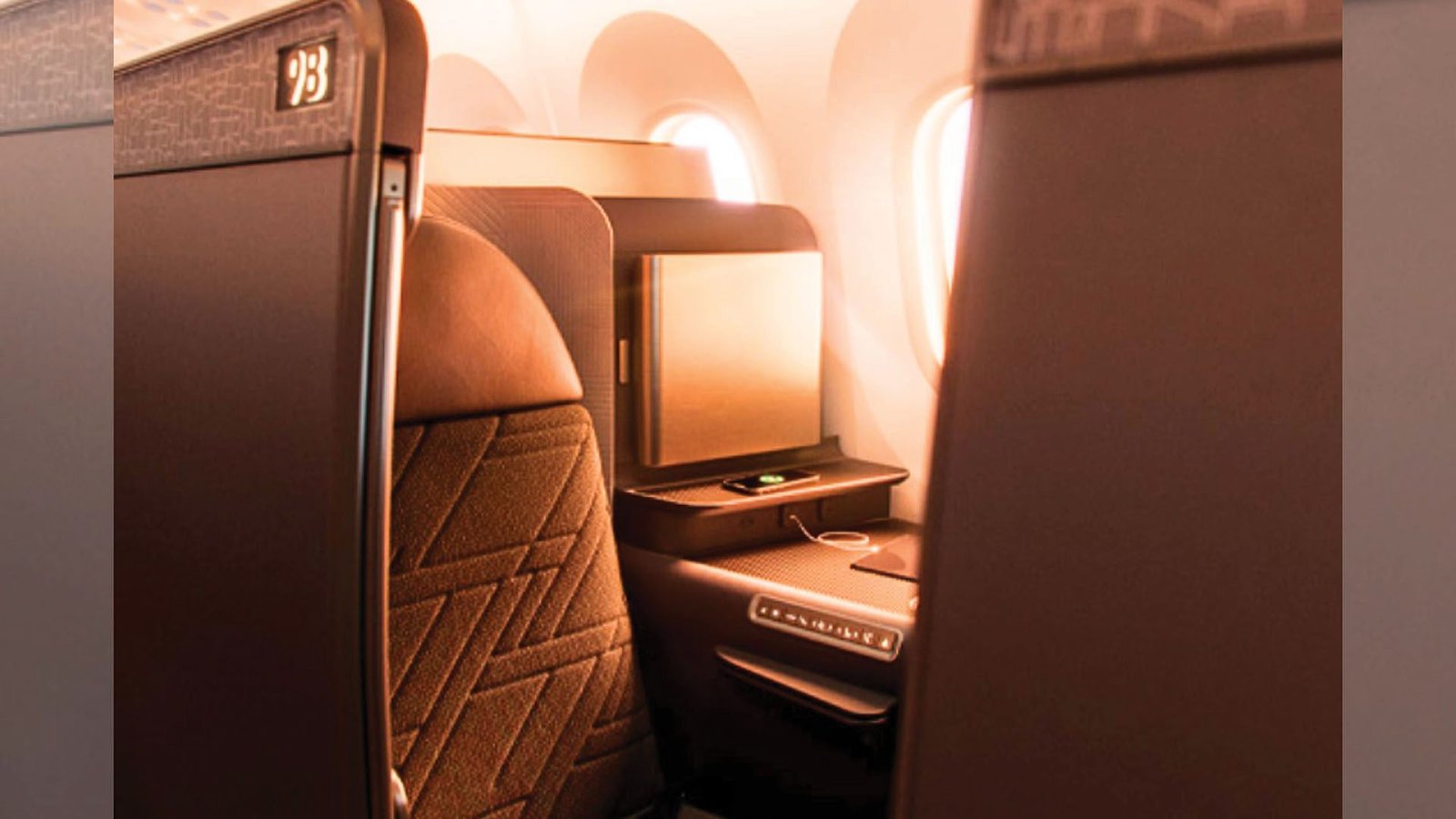Service animals fly for free on U.S. airlines but transporting most pets will cost a fee, ranging from about $75 to hundreds of dollars. Check your airline for fees and requirements, and here are other things to know about pet travel.
10 More Things to Know about Pet Travel
Consider giving your pet a bath! Many airline policies say pets will only be accepted if they are 'odorless'. Here's what else to know.
1. Pets Need Reservations
You cannot just show up for your flight with a pet in a purse; reservations are required and most airlines require you to phone them in. Call sooner rather than later since most airlines limit the number of in-cabin pets.
2. Not All Pets can Fly in the Cabin
If your pet is too big, he won't be allowed to travel in the cabin. Some airlines list height and weight restrictions (15 lbs. or less is typical) and all say the pet's carrier must fit under a seat and be large enough so the animal can stand up and turn around.
3. Not All Pets can Fly in Cargo
Some airlines refuse to carry animals as cargo or checked-baggage, including Frontier, JetBlue, Southwest, and Spirit. In other words, if you have a big animal, you may have to fly one of the large legacy carriers – but check their policies carefully, as the rules change frequently!
4. Not All Pets can Fly
Some airlines will only accept cats and dogs on their flights. Delta, for example, will not allow spiders or insects even if they are emotional support or service animal, while Frontier will accept service miniature horses in the cabin.
5. Certain Dog Breeds Are Not Accepted
More and more airlines are refusing to transport short-snouted dogs in cargo compartments because of fears for potential breathing problems. These banned breeds vary by carrier but no-travel lists often include Pit Bulls, Boston Terriers, Chow Chows, Pugs, Bulldogs, Boxers and more.
6. Weather Matters
An increasingly common restriction is weather, or to be more precise, temperature extremes. For example, American Airlines will not accept pets as cargo when "the current or forecasted temperature is above 85 degrees Fahrenheit" (29.4 C) or "below 45 degrees Fahrenheit (7.2 C) at any location on the itinerary." Know before you go, or your animal will be turned away.
7. Paperwork from the Vet Matters
Many airlines require papers from the veterinarian showing your pet is up-to-date on shots and in good health; if you don't have this documentation, the pet may not fly.
8. The Pet Carrier You Use Matters
Most airlines have specific size requirements for carriers depending on the breed of dog, and may insist carriers be constructed out of certain materials as well. Plus, some airlines ask you to embed written information on the physical carrier such as the pet's name and flight itinerary. Know your carrier requirements!
9. Where You Travel Matters
International and certain domestic itineraries can hold pitfalls for pets. For example, Hawaii has extremely tough regulations regarding pet entry, and if your pet does not meet all requirements including having specific vaccinations, the animal could be in for a 120 day quarantine period or turned away altogether.
For European Union countries, pets may be required to have tattoos or microchip. See the U.S. State Department website for more information about taking a pet overseas.
10. Sometimes Bad Stuff Happens
Despite the best efforts of all involved, accidents can happen and animals can die on planes. If your buddy is too big to travel with you (at least under a seat by your feet) or if he's not as young as he used to be, consider if he's might not be better off staying behind.
The post Flying with Pets appeared first on FareCompare.
Source link

